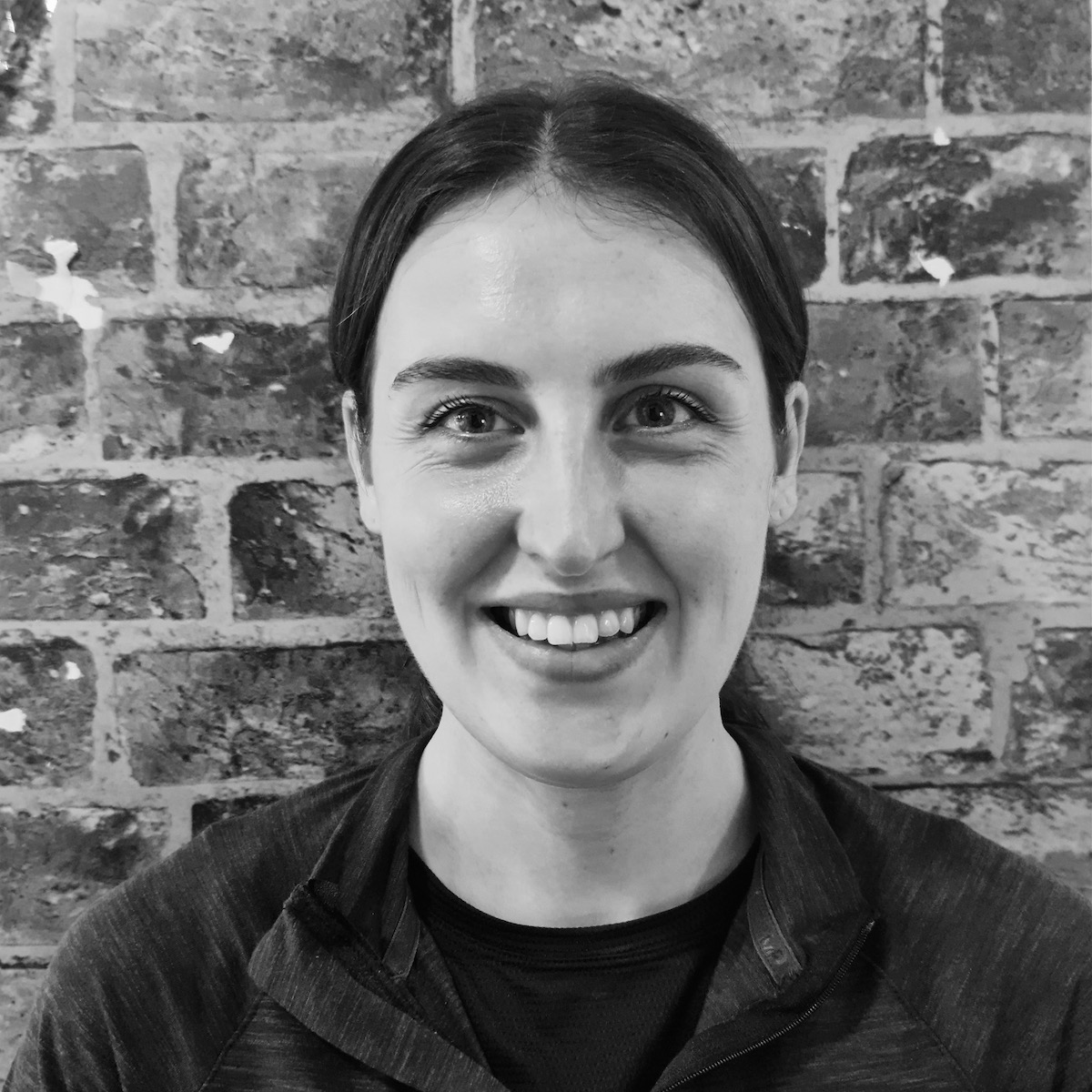You may find you experience tight calf muscles from time to time, especially after an intense training session or competition. So what's the best way to relieve that tightness so you're fresh for the next session or race?
Runner Emma Dunnett, clinic director and running specialist at Six Physio Parsons Green, explains all you need to know about calf muscle tension how to deal with it.
What are the symptoms of tight calf muscles?
The sensation of tight calves is a result of muscle fatigue, most commonly following periods of increased muscle exertion from activity. However, it can also be due to overuse.
This sensation will present as tension in the calf muscles, likely with some level of discomfort, and may also be coupled with restrictions in ankle range of movement.
This feeling of restriction could be noticeable during walking, stair climbing or continued use of the calf muscles.
It’s helpful to bear in mind that this feeling of restriction is most often not a mechanical issue, but purely a feeling, and this feeling stems from our body’s natural protective mechanism to heightened muscle activity.
It's also helpful to understand the process of why this muscle tension has presented itself. As mentioned, as well as resulting from an increased level of activity, muscle tension can also be caused by overuse.
This overuse is not necessarily harmful, but it can be useful to understand if the muscles have the tolerance to cope with the amount of activity required from them.
If this is something you're unsure about, it might be worth considering conditioning work through a guided strengthening programme.
A physiotherapist will be able to assess the strength of your calf muscles, their tolerance to activity and, with this information, provide you with a tailored conditioning programme to suit your needs.
Should you massage tight calves?
One option to help relieve this feeling of calf tension and discomfort is massage and many people find this a beneficial tool to manage their symptoms.
Massage desensitises the nociceptive response – the nervous system’s sensory process that determines noxious, or harmful, stimuli.
This desensitisation through massage, whether by a physiotherapist or massage therapist, is useful in relieving your symptoms, alongside additional advice on continued activity through gentle exercise such as walking.
Massage performed by a physiotherapist or massage therapist aims to inhibit the discomfort or pain of the calf muscles by influencing the nociceptive response and desensitising the area.
This will be achieved through a variety of soft tissue techniques, which could include deep tissue massage, trigger point release, proprioceptive neuromuscular facilitation (assisted stretching) and others of a similar nature.
How to massage tight calf muscles
Massage can sometimes feel uncomfortable, which is where it's appropriate to see someone with the proper training to assist you in the best and most effective way possible.
However, massage can also be achieved independently through ‘self-massage’. Applying the same pressure or achieving the same effect as a physiotherapist or massage therapist can be challenging, though, so equipment such as a foam roller or a theragun (percussion therapy device) can help you replicate similar effects that you would receive from a massage performed by a professional.
In some cases, you can use these to self-massage straight after exercise for some immediate relief – you’ll notice that quite a few professional athletes use them after training sessions or competitions.
How else can you loosen tight calf muscles?
There are other techniques that can also be used to reduce the symptoms of tight calf muscles. As mentioned previously, it's merely a sensation and so this tightness should not be mistaken for shortening or mechanical range of movement issues of the ankle (although for some people it may be a mechanical issue).
Stretching, like massage, gives an immediate feeling of relief and this is a good enough reason to do it. On its own, stretching does not facilitate an increased muscle activity but in the short term it can provide some symptom relief.
It is advised to do dynamic stretches (stretches with movement) before activity, and static stretches (stretches performed statically) after exercise.
A strength and conditioning programme, in contrast to stretching, aids the increase in activity tolerance of the calf muscles and, ideally, allows more activity before the onset of muscle fatigue or tension.
Physiotherapists encourage strength and conditioning for those who exercise regularly to allow robustness and tolerance of their weekly training activities.
In most cases, a combination of stretching and strengthening would be advised and, most importantly, it's down to the individual as to what they find most beneficial for them.
In any case, it's best to seek advice from a physiotherapist, who will help you to better understand your body's response to activity and how you can integrate both soft tissue massage and strengthening work to aid your activity or sport.
In need of some treatment or additional advice? Six Physio has multiple clinics across London. Find out more here.
Top image credit: Getty Images
